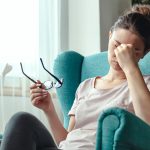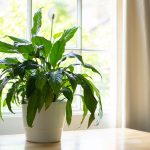Table of Contents
Why Are VOCs Harmful — and What Are the Main Ones Indoors?
VOCs may be invisible, but they can have real effects on your health — especially with repeated or prolonged exposure in enclosed spaces. The symptoms range from mild irritation to more serious long-term concerns depending on the compound and concentration.
Common Health Effects of VOC Exposure
- Eye, nose, and throat irritation
- Headaches, dizziness, and fatigue
- Worsened asthma or respiratory conditions
- Difficulty concentrating
- Long-term exposure may be linked to liver, kidney, or nervous system damage
Children, the elderly, and people with pre-existing respiratory issues are especially sensitive to VOCs.
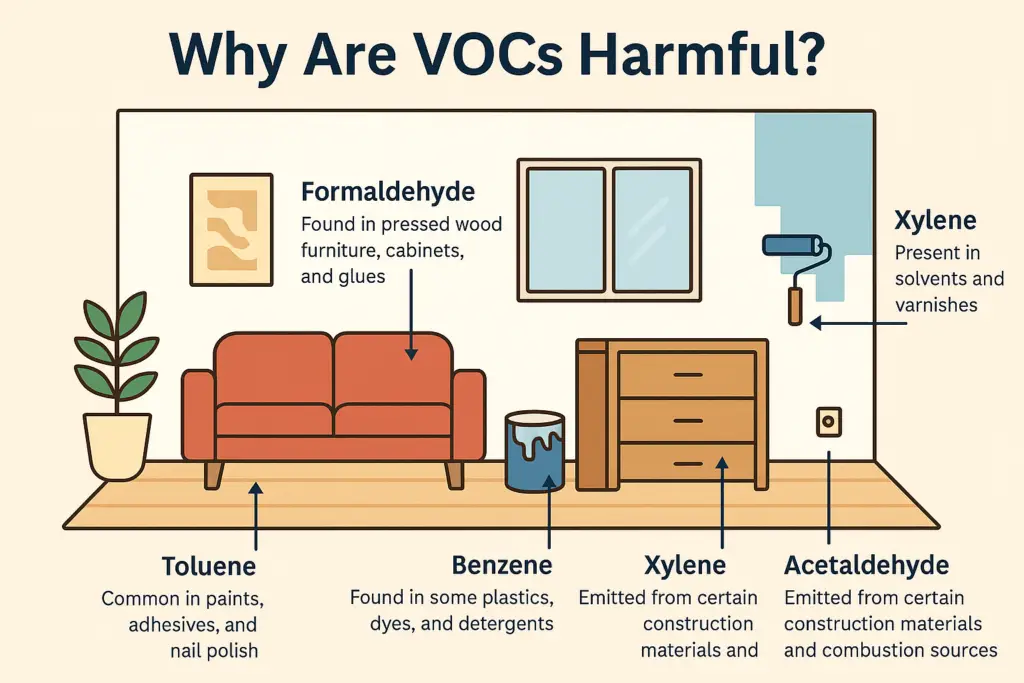 The Most Common Indoor VOCs
The Most Common Indoor VOCs
You might be surprised how many household products release VOCs. These include:
- Formaldehyde: Found in pressed wood furniture, cabinets, and glues
- Toluene: Common in paints, adhesives, and nail polish
- Benzene: Found in some plastics, dyes, and detergents
- Xylene: Present in solvents and varnishes
- Acetaldehyde: Emitted from certain construction materials and combustion sources
These VOCs can accumulate quickly — especially after painting a room, setting up new furniture, or installing carpet. That’s why proper ventilation or ozone treatment may be worth considering, depending on the situation.
Can Ozone Remove VOCs from Paint or New Furniture?
Yes, ozone can help reduce VOCs (volatile organic compounds) from paint and new furniture, but it’s not a one-size-fits-all solution. Used correctly, ozone generators can neutralize lingering chemical smells from off-gassing — especially in confined, unoccupied spaces. But there are important safety rules and limits to what ozone can do, especially when compared to other methods.
This guide walks you through when and how to use ozone for VOC removal, how it stacks up against alternatives, and what to expect during the process.
Learn more about how ozone generators work here →
Why Paint and Furniture Smells Stick Around
New paint and furniture often release VOCs — airborne chemicals like formaldehyde, toluene, and benzene — as they off-gas. These fumes are most noticeable with:
- Fresh paint or sealants
- Particleboard or MDF-based furniture
- New carpets, mattresses, or cabinetry
These VOCs can linger for days or even weeks, especially in low-ventilation spaces, and can cause symptoms like headaches, fatigue, or irritated eyes and throat. Regular air purifiers may help, but ozone offers a chemical-based breakdown — if used properly.
How Ozone Neutralizes VOCs (and Where It Falls Short)
Ozone (O3) is a reactive molecule that oxidizes airborne contaminants. When ozone meets a VOC molecule, it can break it apart — neutralizing odor and sometimes rendering the compound inert.
However:
- Not all VOCs are equally affected by ozone. Some break down easily, while others resist oxidation.
- Ozone does not “absorb” or trap VOCs — it breaks them down.
- Once the ozone process is complete, you must ventilate the space thoroughly to release the byproducts.
Because ozone is a gas, it works best in sealed rooms where air is stagnant — perfect for treating a single room with painted walls or a newly delivered couch.
Real-Life Example: Off-Gassing from a New Bookshelf
Mike had just assembled a new MDF bookshelf in his home office. By the next morning, the room reeked of glue and chemicals. Opening windows didn’t help. He set up an ozone generator for 2 hours while the room was sealed and empty. After airing it out for several hours, the smell was almost completely gone — and no more headaches while working from home.
 Step-by-Step: How to Use an Ozone Generator to Reduce VOCs
Step-by-Step: How to Use an Ozone Generator to Reduce VOCs
Here’s how to safely use ozone to treat VOCs from paint or furniture:
- Prep the room: Remove all people, pets, and plants. Seal the room by closing windows and doors.
- Place the ozone machine on an elevated surface in the center of the room, if possible. Avoid placing it directly on furniture.
- Run the generator for 1–3 hours, depending on the size of the room and strength of the smell. (See our ozone generator sizing guide.)
- Do not enter the room while the generator is running. Use a remote switch or timer if possible.
- After the cycle finishes, wait at least 2 more hours before re-entering.
- Ventilate the space thoroughly. Open all windows and use fans to remove ozone and any remaining VOCs or byproducts.
Repeat if necessary after 24–48 hours. It may take multiple treatments for heavy chemical smells.
Ozone vs. Other Methods for VOC Removal
Let’s compare ozone treatment to other popular options:
| Method | Effectiveness | Pros | Cons |
|---|---|---|---|
| Ozone Generator | Moderate to High | Breaks down VOCs chemically | Must be used in unoccupied spaces; cannot trap particles |
| Activated Charcoal | Moderate | Traps VOCs physically; reusable | Works slowly; doesn’t eliminate, only traps |
| HEPA + Carbon Air Purifier | High (if carbon-rich) | Can run continuously; safe around people | Doesn’t break down VOCs, only traps them |
| Ventilation | Low to Moderate | Simple and safe | Limited by weather and air quality |
| UV HVAC System | Moderate | Treats whole home; kills some germs | Limited direct effect on VOCs |
For whole-home air quality, consider a UV light system in your HVAC ducts. Here’s our full breakdown on UV lights in HVAC.
When to Consider Alternatives Instead of Ozone
Ozone isn’t always the best tool — especially if the space is regularly occupied, or if the smell is mild. In those cases, consider:
- Activated charcoal bags (great for closets and cabinets)
- HEPA air purifiers with carbon filters (for continuous VOC control)
- Natural ventilation (if weather permits)
- Enzyme sprays (more effective for pet or biological odors)
For persistent off-gassing, a combined approach (ozone + ventilation + HEPA) may work best.
DIY or Professional Ozone Treatment?
Most home VOC treatments can be done safely with a residential-grade ozone machine. However:
- If you’re dealing with large open-plan areas or newly built homes, consider hiring a pro.
- Professionals can calculate the correct dose, run high-output machines, and ensure proper re-entry timing.
If you go the DIY route, always follow manufacturer directions and use a room timer and safety signage.
 FAQs About Using Ozone for VOC Removal
FAQs About Using Ozone for VOC Removal
Is ozone safe to use around paint or fabric furniture?
Yes — ozone breaks down VOCs in the air and does not leave residues on surfaces. However, repeated exposure may cause mild oxidation to rubber or foam materials over time.
How many ozone treatments does it take to remove paint smells?
Usually 1–3 cycles of 1–2 hours each, spaced 24 hours apart, are enough to significantly reduce VOC odors. Heavy or oil-based paints may require more treatments.
Can I use ozone while the house is occupied?
No. Ozone must only be used in sealed, unoccupied spaces. It can cause respiratory irritation and is unsafe to breathe at high concentrations.
Is ozone better than air purifiers for VOCs?
Not necessarily — they work differently. Ozone breaks down VOCs chemically, while purifiers trap them with filters. The best approach may be using both in combination.
Final Thoughts
Ozone can be a powerful tool for removing chemical smells from paint or new furniture — but it’s not a magic fix. When used responsibly and safely, it can neutralize VOCs that linger despite ventilation or air purifiers. For long-term protection, pair ozone treatments with good airflow and a strong HEPA purifier with activated carbon.
Want a deeper understanding of how ozone works and how to use it safely?

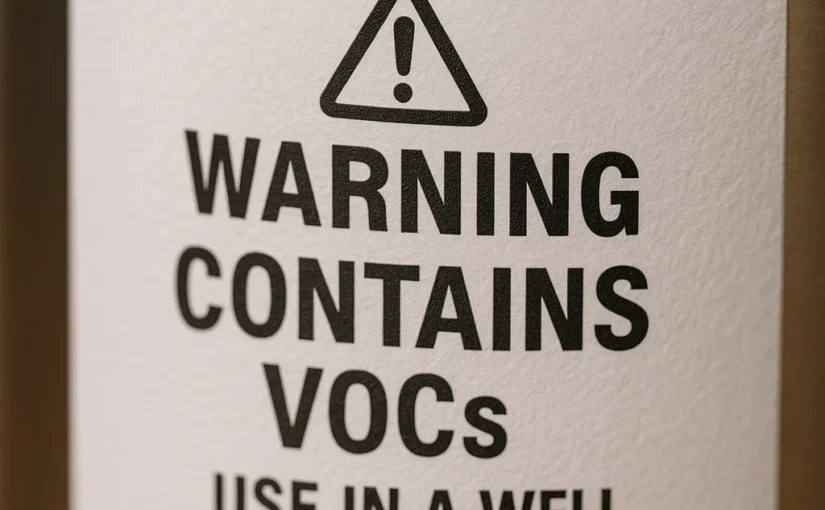
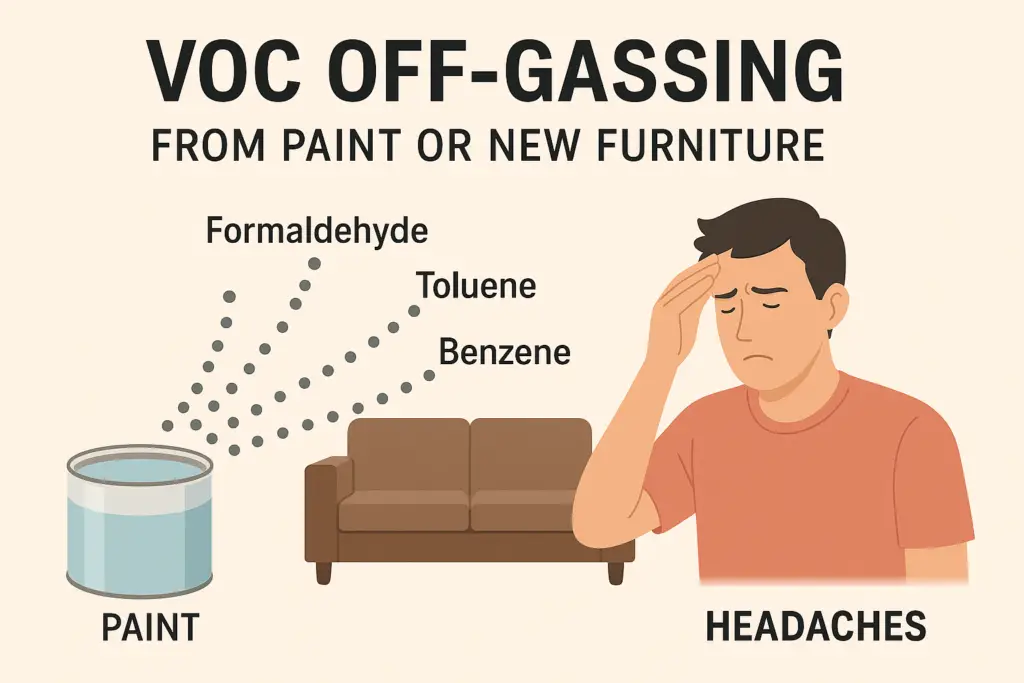 Step-by-Step: How to Use an Ozone Generator to Reduce VOCs
Step-by-Step: How to Use an Ozone Generator to Reduce VOCs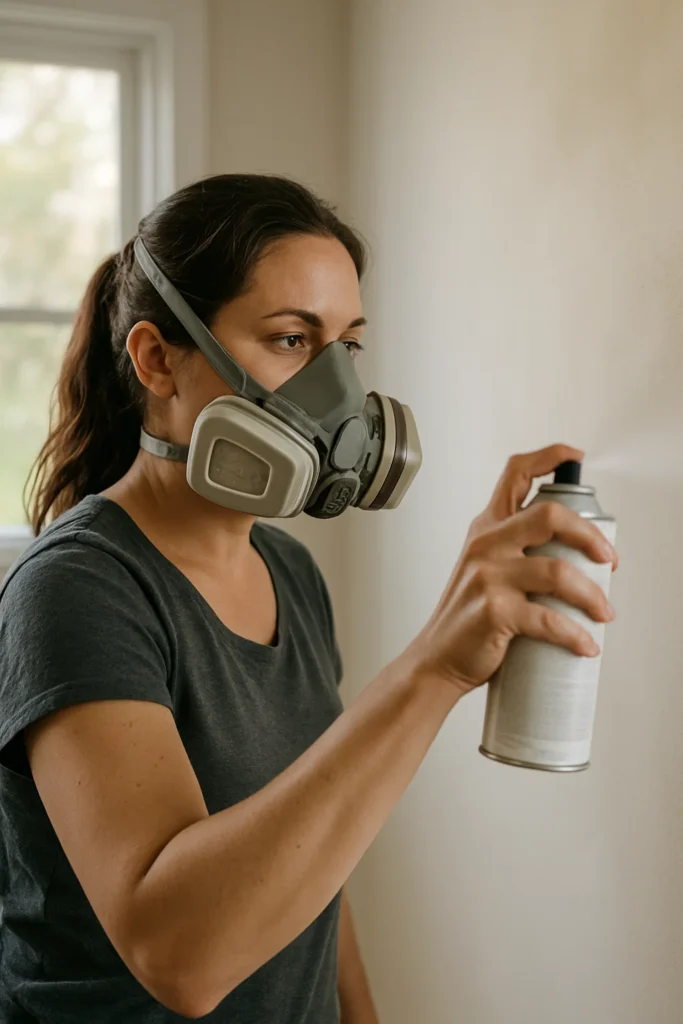 FAQs About Using Ozone for VOC Removal
FAQs About Using Ozone for VOC Removal